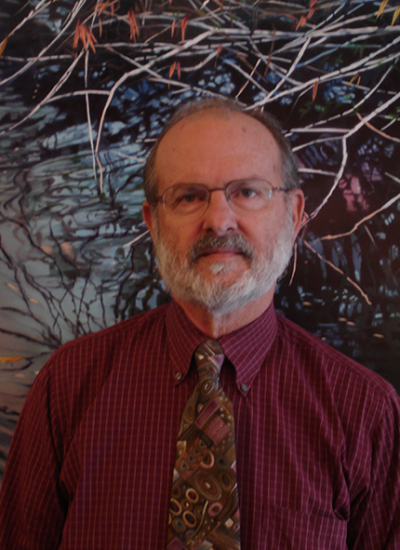Dr. Galgiani has focused his career on Arizona’s special problems with Valley Fever. His work has included studies of the impact of Valley Fever on the general population and on special groups such as organ transplant recipients and patients with AIDS. For 19 years, as part of the NIH-sponsored Mycoses Study Group, Dr. Galgiani has been the project director of a coccidioidomycosis clinical trials group. Through collaboration, this group has evaluated new therapies for Valley Fever more rapidly and with greater clarity than might otherwise have been possible by investigators working in isolation. Dr. Galgiani has also been involved with efforts to prevent Valley Fever through vaccination. His group discovered and patented a recombinant antigen which is the basis for a vaccine candidate suitable for further development and clinical trials. Most recently, he has become the project leader for developing a new drug, nikkomycin Z, for treating Valley Fever. With recent NIH and FDA grant awards, clinical trials with this drug were resumed in 2007. Dr. Galgiani is also Chief Medical Officer of Valley Fever Solutions, Inc, a start-up company founded to assist in the drug’s development. In 1996, the Arizona Board of Regents accepted Dr. Galgiani’s proposal to establish the Valley Fever Center for Excellence for the Arizona universities. Based at the University of Arizona, the Center is pledged to spread information about Valley Fever, help patients with the severest complications of this disease, and to encourage research into the biology and diseases of its etiologic agent. The Center maintains a website (www.VFCE.Arizona.edu) and answers inquiries from health care professionals located in Arizona, other parts of the United States, and even from other countries. The Valley Fever Corridor Project, begun in 2009, intends to facilitate communication among Arizona clinicians to also improve patient care. In 2011, The Valley Fever Center in Phoenix was announced as a partnership between St. Joseph’s Hospital and the UA College of Medicine in Phoenix. It began operation in June, 2012. Research is increasing into the environmental biology of the fungus within its desert soil habitat as well as how the fungus caused disease and the body’s immunity controls it. Since Arizona has the only medical schools situated directly within the endemic region for Valley Fever, it is quite appropriate that Arizona lead in solving this problem. As Director of the Center, Dr. Galgiani is working for its full implementation as a means of ensuring an institutional commitment to accomplish this goal. Keywords: Coccidioidomycosis, Valley Fever, antifungal drugs, vaccines, serologic tests,


